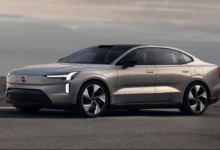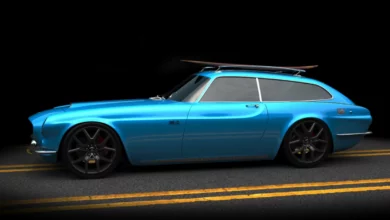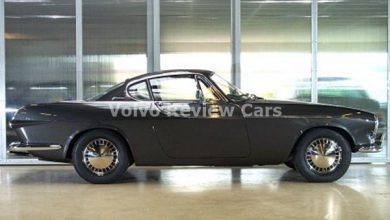Volvo P1800 Sport Wagon – The Volvo P1800 was created to attract the attention of people passing through the Volvo display window and to improve what is currently known as “Traffic floor ” so that visitors to the showroom go with the new Volvo.
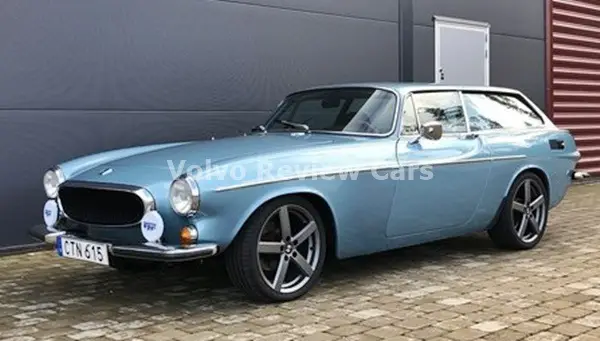
Volvo produced a sports car back in the early 1950-an-body Volvo Sport Two-seat open plastic, built from 1955 to 1957 with a total production of only 67 cars. “Not a bad car, but a bad Volvo ” was the way President Volvo Gunnar Engellau put it when he retired from the model. However, he realized the importance of having a prestigious and attractive model for increasing overall sales, and the Volvo dealers wanted such a car very well.
Volvo P1800 Sport Wagon Design
Volvo has actually made some fiberglass-made sports cars called Sport in the 1950s, but they come and go so fast that you missed it if it flashes. The new sports car has a fixed roof, a steel body, many mechanical components lifted directly from Amazon, and the newly developed B18 engine in the 100 HP Sport version when it finally arrives in the showrooms. Volvo P1800 doesn’t look like a Sport or an old Ford. It has a beautiful low roof and curved stripes. On the front there is a Ferrari-style “egg crate”, and the simple tail behind appears hovering over the backlight of a bullet-shaped pod.
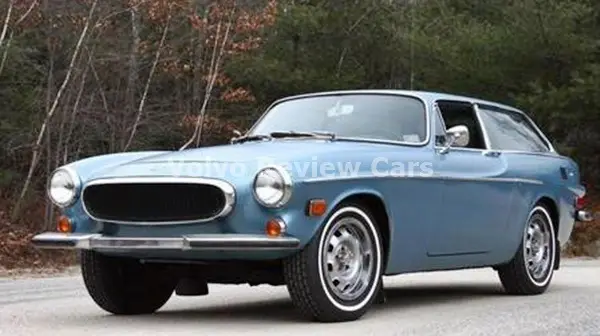
Three prototypes were built by Frua in Turin in 1957-1958 on the basis of Amazon. These cars are used for a variety of purposes, including templates for the production of press tools, in various tests, in exhibitions, for press jobs, shooting ads, and much more. The three are safe and still on the road today.
Volvo P1800 Sport Wagon Release
Everyone was shocked when it arrived in 1961 as Volvo was regarded as the Swedish automakers are known to most Americans because the family car seemed simple and rude. In spring 1963-after 6,000 Jensen-made cars-1800 production started at the Volvo Lundby factory. Yet new in 1969 body presses were moved from Pressed Steel in Scotland to the Volvo Press store in Olofström. Moving the house also coincides with the name change for P1800. The first time it was given the P1800 S badge, then in 1963, it was known only as of the 1800 S-S abbreviation of Sweden.
Volvo P1800 Sport Wagon Interior
P1800 body is made of steel, not fiberglass. The sporty Interior has a bucket seat and many gauges in the instrument panels are too stylish for a sports car. Obviously the new Volvo learns about the sports car market. But the large chairs designed front orthopedic comfortably, handy luggage and a good heating/ventilation system, which can not be said for many rivals. P1800 is mainly promoted as a two-seat but has a small back seat like the Austin-Healey sports car. Volvo will not make changes to exotic components.
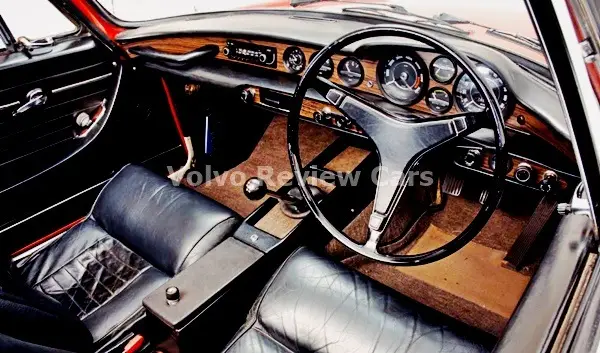
Volvo P1800 Sport Wagon Exterior
No radical changes were made to the exterior lines that were successful during the long life of the coupe. Only details such as gril, trim prints, wheels, and colors are distinguishing various vintage models. From a technical standpoint, 1800 overshadow the development of other Volvo models and is continuously improved. Surrounding disc brakes, more powerful engines, and electronic fuel injection are the most noticeable changes.
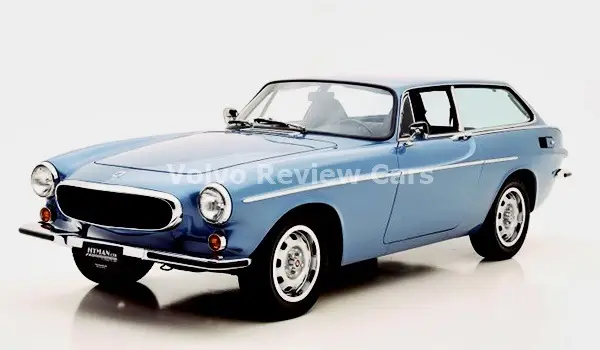
Volvo P1800 Sport Wagon Engine
The Volvo P1800, which has a four-cylinder 1.8-liter engine, soon became a preferred sports car — especially among conservative people interested in a rigid Volvo signboard. Most American sports car buyers are stuck with more daring cars like Jaguar, MG, Triumph, Austin-Healey, and the Chevrolet Corvette.
The machine was enlarged to two liters in 1968 and horsepower rose to 118. The fuel injection was added to the 1969 model — called the 1800E. The dashboard is rebuilt, and horsepower rises to 130, making the 1800E pretty fast. It’s still not the fastest on the block, but it can sail all day with a speed of 80 mph. And it has a reinforced gearbox and a new four-wheel disc brake, in addition to the new cast wheels.
Volvo P1800 Sport Wagon Price
At the same time, P1800 is appreciated to be within reach of ordinary people who want a car that looks like a Ferrari but its price and functions like Volvo: fun, reliable, and economical. P1800 attracted the attention of people even before arriving in the showroom in 1961, and the design had been tested by time: Classical and sporty in a balanced manner.
Read More: Volvo 1962 P1800 Review




